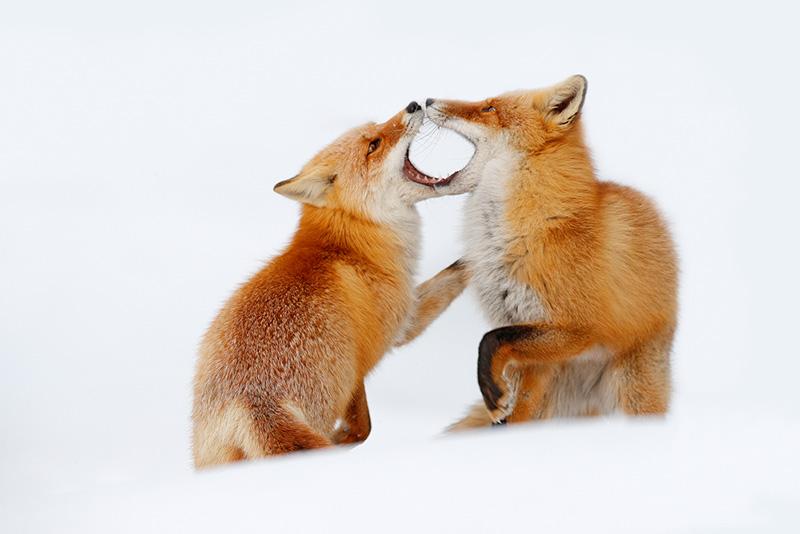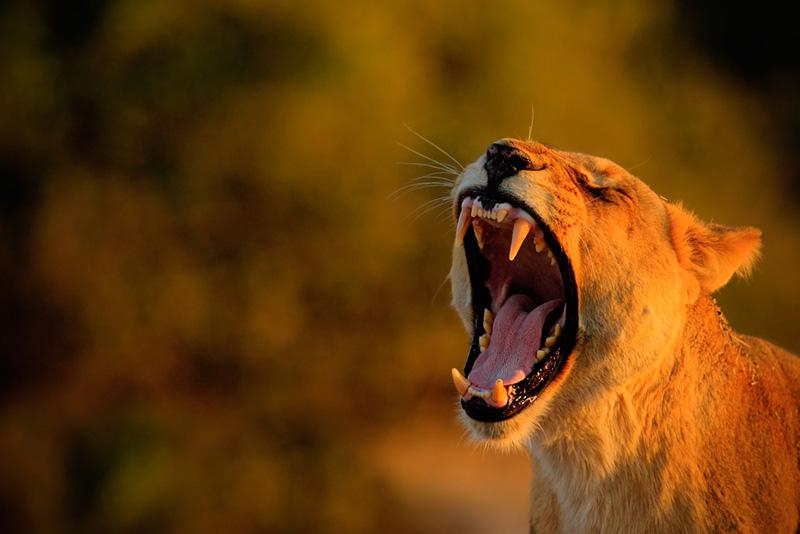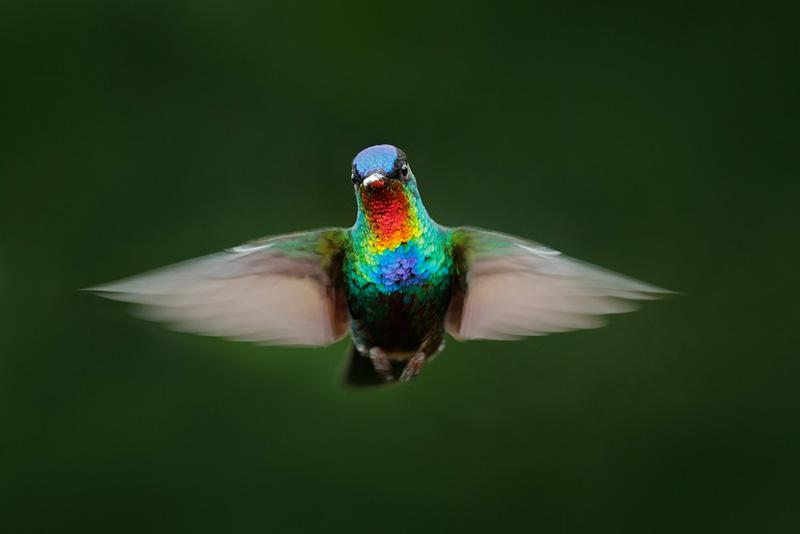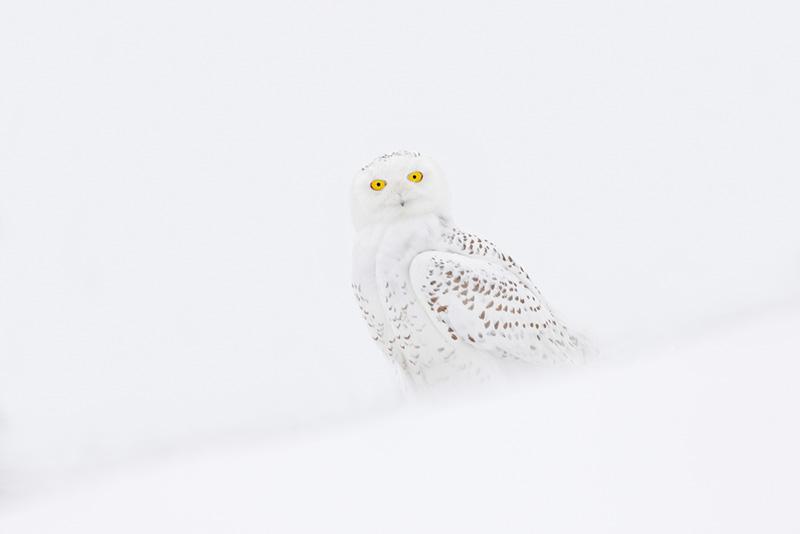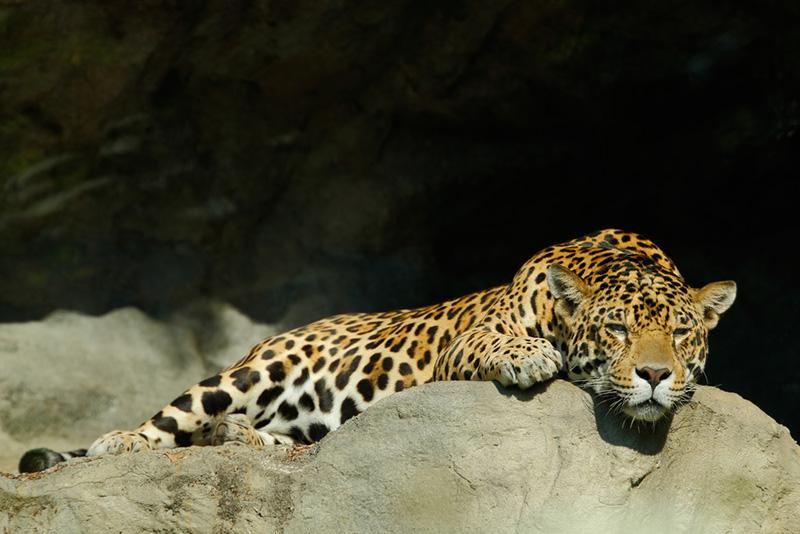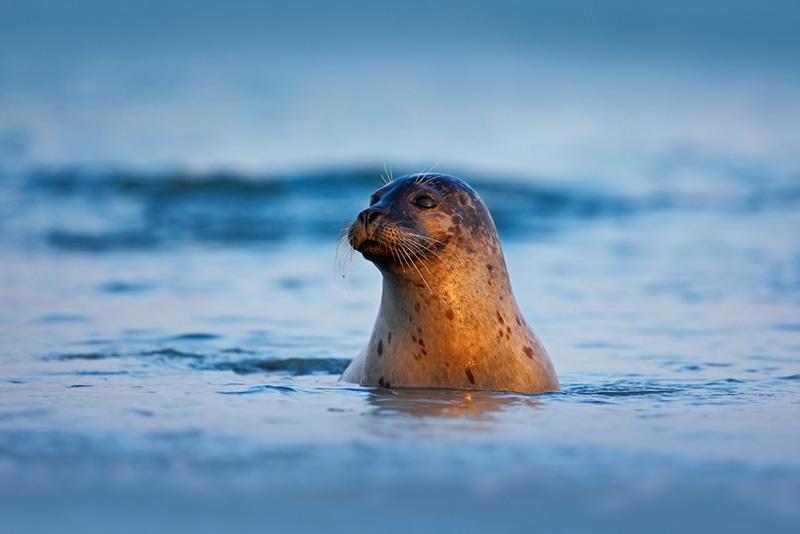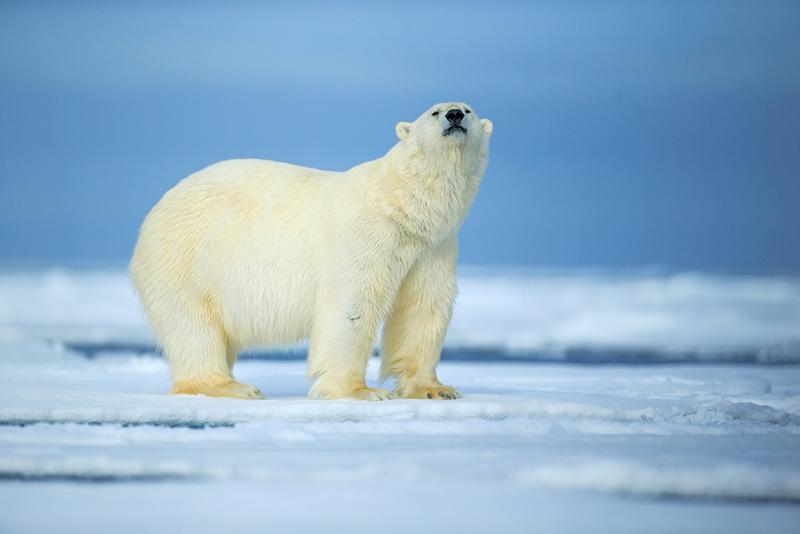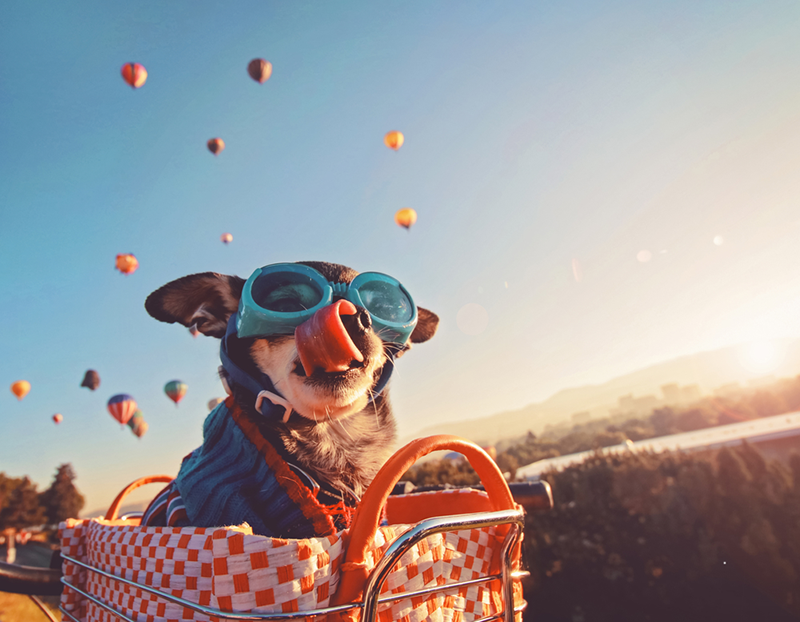What They Won’t Tell You in Books: Interview With Ondřej Prosický
It’s unlikely that anyone in our library has such a rich, unique and picture perfect collection of wildlife photography as Ondřej Prosický. As one of our top contributors, Ondřej is in the spotlight this week. His adventures have taken him near and far from home but he always comes back with treasures that enrich our library. Many years of practice have resulted in a visually powerful and mesmerising body of work.
With an early interest in wildlife and a little bit of perseverance, Ondřej was able to turn a hobby into a full time job. It is stories such as this one that should inspire and bring up the next generation of photographers.
Tell us a little bit about yourself and your professional career.
I have always been very close to nature. My first memories were as a boy, and then I was interested in animals when I became a professional geologist. Although I was successfully refusing to do photography for a living for more than 10 years, the situation gradually became unsustainable. When I got married, I did not have time to photograph and I really missed it. It created an addiction for me which I managed with difficulties. Nowadays I am a professional photographer of wildlife while also trying to earn a living by my own photographic work. I prefer to shoot the themes and topics I care about.
How did you start shooting wildlife and selling images on stock platforms?
When I was considering a career as a freelancer I needed to add at least one skill to the photographic ones, that would ensure me permanent income when I shoot wildlife on my journeys. The older depictive photographs from the beginnings of my journey became the ideal solution to offer to stock platforms. My current shooting of animals is a little bit different from simple depictive photographs. I prefer those with a surrounding setting or those with an interesting moment that couldn’t be sold because of worse technical quality.
What equipment do you use for wildlife photography?
I have used photographic equipment Canon for more than 10 years, in most cases Canon EOS 1DX Mark II with Canon lens EF 400mm f/2.8 L IS II USM. If a telephoto lens is not necessary I use Canon EF 70- 200mm f/2.8 L IS II USM or for Canon wide-angle lens EF 16-35mm f/4 L IS USM. I also regularly use Canon EF 100mm f/2.8 L Macro IS USM, Samyang 14mm f/2.8 ED AS IF UMC and I took a fancy to Gitzo tripods.
How do you achieve such bold colors, do you spend a lot of time on post production?
During shooting itself, I look for conditions to make the following post production as simple as possible. I do not shoot at the time of big contrast or in bright sunshine, but only shortly after dawn and closely before sunset. I photograph during the whole day only if it is fully overcast. Then the following post process is very simple. Actually I only balance the white colour according to my intention and I modify contrast in “Curves” sensitively in my quite sophisticated way until the right colour intensity of the picture appears. It is quite outdated, but I´ve been adjusting my shoots in this invariable way for more than 10 years.
Where do you travel to take your photographs?
Although I am attracted to travel anywhere where I can take photographs of animals in their natural surroundings, I have two main spheres of interest where I regularly return. They are the tropical parts of Middle America and the Arctic with Scandinavia. Despite the fact that the colours of the tropics and the wasteland in the north are two different worlds, I am strongly attracted by them. Next week I am returning to Spitsbergen after three years once again and in May I’m flying to Finland.
Do you have any insider tips on wildlife photography?
I don’t want to discourage anybody, but I’ll tell you how I feel it. In my opinion it is nonsense to devote oneself to wildlife photography if you don’t feel connected to nature and don’t know much about it. It is better to go to the library and read about animal behaviour than to study photography techniques or look for the ideal lens. To photograph wildlife, you need plenty of experience and information, a lot of time and a fat bank account. However, I think the most important thing is something different. You really must be ready to take the risk of setting out on a journey of thousands of kilometres with a planned project and then even not finding the main object of your interest in the virgin forest. Not many photographers dare this, that´s why the topics of the photos are being copied all the time and all snaps are the same. For me, it gets interesting when I feel a 10% probability of an attractive shoot.
Do you photograph in other genres or do you prefer to stay in your niche?
I think that photographing wild animals in natural conditions will always be the main object of my interest, even though I sometimes devote myself to landscape photography or to macro photography of plants and insects. To tell the truth, I am not attracted to other genres. The main reason why I photograph nature is the possibility to go outdoors and to learn something about it.
What are your plans for the future? Do you have any excited shoots coming up?
As far as photographing nature is concerned, I have plans for dozens of years, but I don’t want to do anything with haste. I use the current opportunities which come up. I have devoted myself to my long-time, never ending projects such as hummingbirds, Nordic nature or European orchids for more than ten years. I have no real goal, but I would be pleased if I managed to publish books about nature that would make other people interested in nature.
You must spend a lot of time outdoors studying animals. What’s the most fascinating fact you can share with us in regards to your work and subjects?
When photographing nature, I am always surprised that despite having studied everything I often learn something new not mentioned in books. Wild nature is a theatre performance without any screenplay and I never know what I will bring home in my snaps. For example I have been documenting changes in animal behaviour in connection with global warming and melting iceberg in the Arctic since 2013 and I am pleased to see how animals are able to put up with it.
Your #1 tip or words of wisdom:
I think that the core of any artwork is not in the technical processing but in its message.

